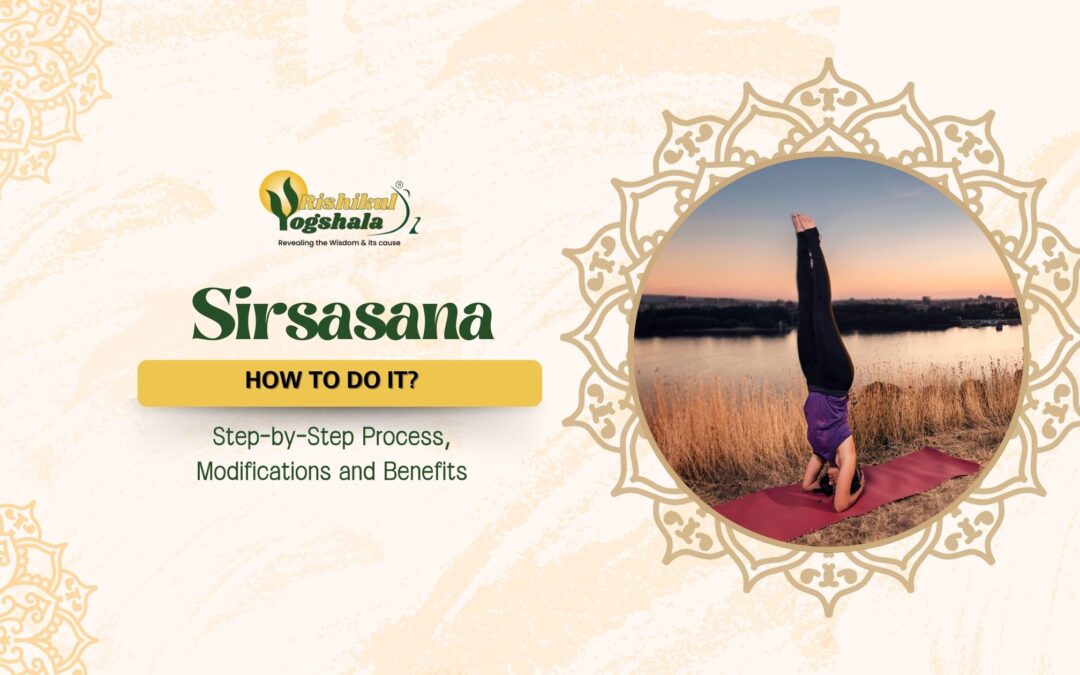Cross legged Yoga Pose (Asanas) – Top 5 Excellent Health Benefits
- Blog
- /
- Yoga Poses and Sequences
- /
- Cross legged Yoga Pose...

Cross Legged Yoga Poses: Improve Your Practice
During Cross-legged Yoga Pose Sitting Cross-legged is a fundamental practice in yoga, especially for meditation and pranayama. These poses require flexibility in the thighs and external rotation of the hips. They help develop a healthy spine, strengthen the lower body, and promote relaxation for both the body and mind.
By crossing the legs, practitioners can fold forward, twist the body, or lift it, depending on the asana performed. This movement enhances overall health and well-being.
Here are five excellent Cross legged Yoga Pose, along with their benefits and modifications:
1. Easy Pose (Sukhasana)
A basic seated posture is often used in meditation and yogic breathing exercises.
Benefits:
- Stretches the knees
- Strengthens the back
- Calms the mind
- Opens the hips
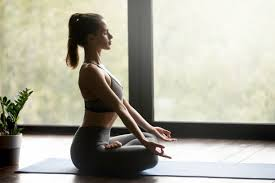
Steps:
- Sit on the edge of your yoga mat with straight back legs extended in front.
- Cross the legs at the shins on the ground. Widen your knees.
- Bring each foot under the opposite knee, bend the knees, and fold the legs towards the torso.
- Maintain a gap between the pelvis and feet. Place your hands on your knees and gaze forward.
- Beginners can use a wall for support.
2. Lotus Pose (Padmasana)
A revered asana that increases blood circulation in the pelvis and prepares individuals for deeper meditation.
Benefits:
- Enhances blood circulation
- Aids in disease prevention
- Prepares for higher meditation practices
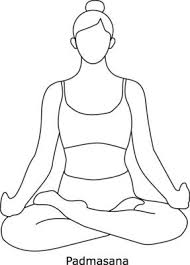
Steps:
- Start in Staff Pose (Dandasana).
- Bend the right knee and place the right ankle on the left hip crease with the sole facing upward.
- Bend the left knee and rest the left ankle on the right hip, bringing both knees close together.
- Lean back slightly and keep your hands in Jnana Mudra.
- Hold the pose for 10-20 seconds, gradually increasing the duration. Use props if needed to avoid knee strain. Begin with Half Lotus Pose if necessary.
Read More – Baddha Padmasana (Locked Lotus Pose) – Top 7 Excellent Health Benefits
3. Cow-Face Pose (Gomukhasana)
A stretching pose that extends the hips, ankles, shoulders, armpits, and chest.
Benefits:
- Stretches multiple areas of the body
- Improves flexibility and range of motion
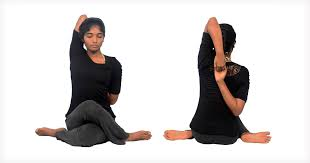
Steps:
- Sit with your back straight and legs bent with feet flat on the floor.
- Slip your left foot underneath the right knee and place it outside the right hip.
- Cross the right leg over the left, resting the right knee on top of the left knee.
- Keep the heels equidistant from the hips. Raise the right arm parallel to the floor, bend the elbow, and tuck the forearm into your lower back.
- Reach the left arm behind you and hook the fingers of both hands together, or use a strap if needed.
Also Read: 7 Incredible Health Benefits of Half Pigeon Pose Yoga (Ardha Kapotasana)
4. Half Lotus Pose (Ardha Padmasana)
A seated pose that opens the hips and stretches the ankles reduces stress and anxiety.
Benefits:
- Opens the hips
- Reduces stress and anxiety
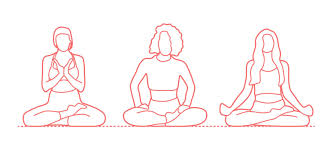
Steps:
- Begin in Easy Pose (Sukhasana).
- Bend the right knee, hug it to the chest, and place the ankle on the left hip crease.
- Fold the left knee and cross the ankle under the right knee.
- Lengthen the spine and draw the shoulder blades back. Place your hands in Anjali Mudra or Gyan Mudra, or on your knees, palm down.
- Use a blanket or wall for support as needed.
5. Eagle Pose (Garudasana)
This pose stretches the thighs, strengthens the calves, and improves concentration and balance.
Benefits:
- Stretches the thighs
- Strengthens the calves
- Enhances balance and concentration
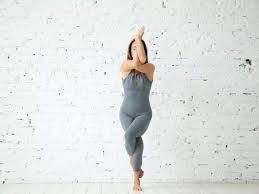
Steps:
- Stand in Tadasana and balance on your right foot.
- Cross the left leg over the right and tuck the foot behind the right calf, with toes pointing down.
- Extend your arms in front, cross the right arm over the left, bend the elbows, and press the palms together.
- Use a wall for support and balance if needed.
Also Read: What Are the Health Benefits of Garudasana (Eagle Pose)
Practice these cross-legged asanas with confidence and comfort to improve the health of your body and mind. Explore our Yoga Teacher Training in India for more detailed guidance on these asanas.
Conclusion
Incorporating cross legged yoga poses into your practice can significantly improve your overall well-being, improving flexibility, strength, and mental tranquillity. The Crossed Legs Pose, in particular, helps foster inner peace and promotes better posture, making it an ideal addition to your routine. Whether you’re seeking to deepen your meditation practice, improve physical health, or simply find relaxation, these poses offer numerous benefits. By starting these asanas and their modifications, you can foster a more balanced and mindful practice.
For a comprehensive understanding and hands-on experience with these cross legged yoga position, consider joining our 200 Hours Yoga Teacher Training in India or 300 Hour Yoga Teacher Training in India. With our expert guidance and support, you can dive deeper into the transformative world of yoga and take your practice to new heights. Explore all we offer, from Ayurveda Retreats to Yoga Retreats, and begin your journey towards greater health and wellness.




